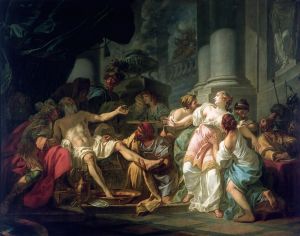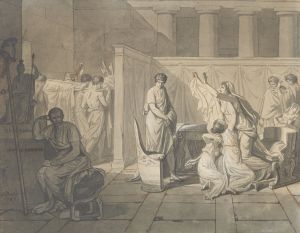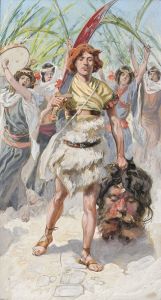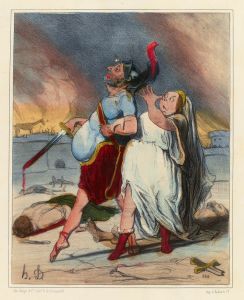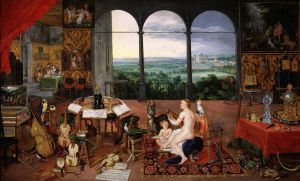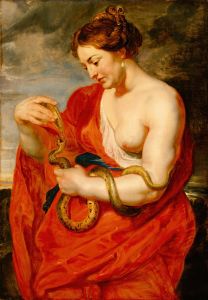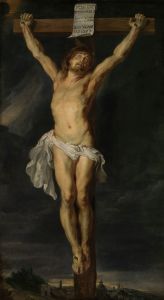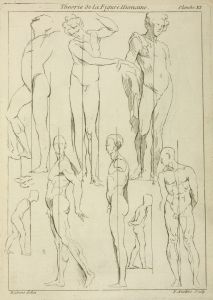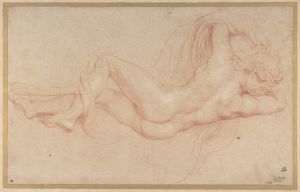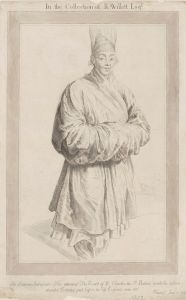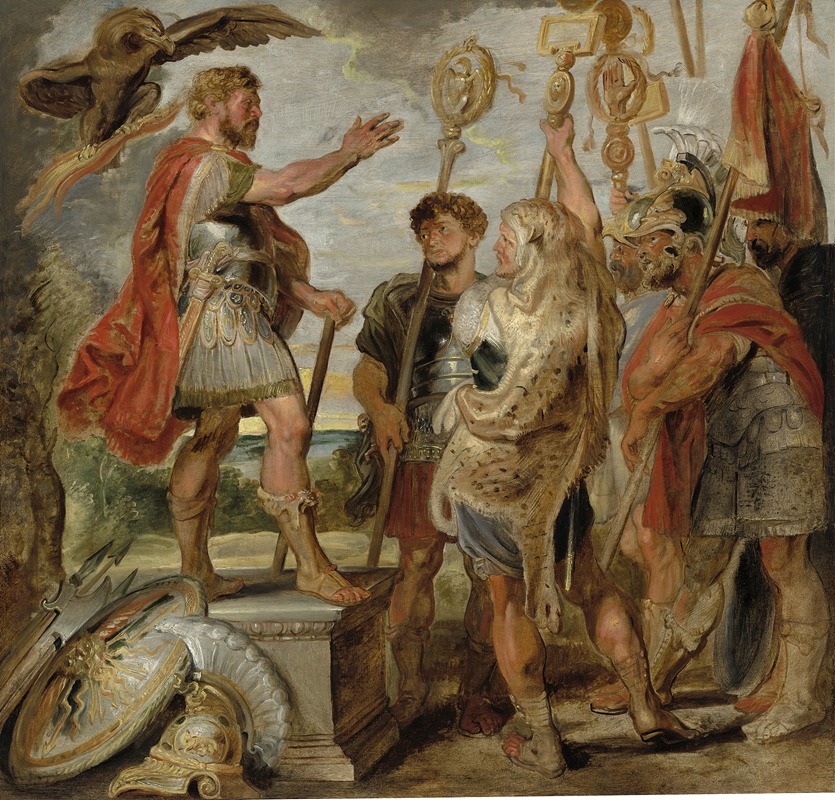
Decius Mus Addressing the Legions
A hand-painted replica of Peter Paul Rubens’s masterpiece Decius Mus Addressing the Legions, meticulously crafted by professional artists to capture the true essence of the original. Each piece is created with museum-quality canvas and rare mineral pigments, carefully painted by experienced artists with delicate brushstrokes and rich, layered colors to perfectly recreate the texture of the original artwork. Unlike machine-printed reproductions, this hand-painted version brings the painting to life, infused with the artist’s emotions and skill in every stroke. Whether for personal collection or home decoration, it instantly elevates the artistic atmosphere of any space.
Decius Mus Addressing the Legions is a painting by the Flemish Baroque artist Peter Paul Rubens. The artwork, created between 1616 and 1617, depicts a dramatic moment from Roman history, specifically the self-sacrificial act of the Roman consul Publius Decius Mus during the Battle of Vesuvius in 340 BCE. This event is recounted in ancient Roman sources, including Livy’s Ab Urbe Condita.
In the painting, Rubens illustrates Decius Mus delivering a speech to his troops, preparing them for battle and declaring his intention to sacrifice himself for the victory of Rome. According to historical accounts, Decius Mus performed a ritual act known as devotio, dedicating himself to the gods of the underworld to ensure the success of the Roman army. This act of self-sacrifice was seen as a demonstration of ultimate patriotism and valor in Roman culture.
Rubens’ composition is dynamic and theatrical, characteristic of his Baroque style. The painting features a strong sense of movement and emotion, with Decius Mus positioned prominently at the center, addressing his soldiers with an outstretched arm. The figures surrounding him are rendered with dramatic gestures and expressions, emphasizing the gravity of the moment. The use of light and shadow enhances the intensity of the scene, drawing the viewer’s attention to Decius Mus as the focal point.
The work reflects Rubens’ deep knowledge of classical antiquity and his ability to translate historical and mythological themes into vivid, emotionally charged imagery. Rubens was known for his study of ancient texts and sculptures, and his works often incorporated classical motifs and narratives. In Decius Mus Addressing the Legions, he combines his understanding of Roman history with his mastery of composition and color to create a powerful visual representation of heroism and sacrifice.
The painting was originally part of a series commissioned by the Genoese nobleman Giovanni Vincenzo Imperiale. The series depicted the life and deeds of Decius Mus, celebrating themes of duty, honor, and selflessness. Today, Decius Mus Addressing the Legions is housed in the Liechtenstein Museum in Vienna, Austria, where it remains an important example of Rubens’ historical paintings.
Rubens’ work on this subject exemplifies his ability to convey complex narratives through art, blending historical accuracy with the dramatic flair of the Baroque period. The painting continues to be studied and admired for its artistic and historical significance.





